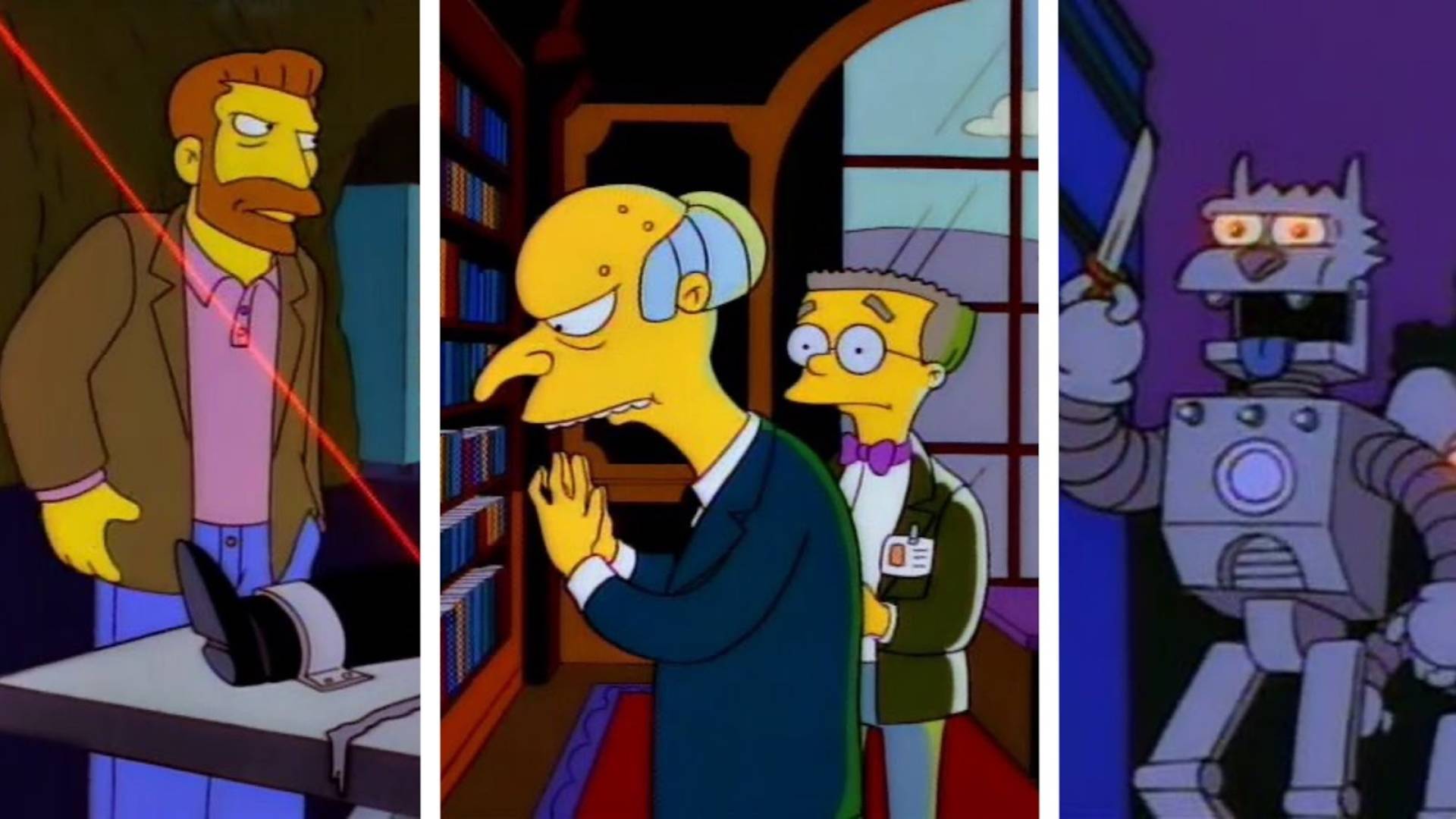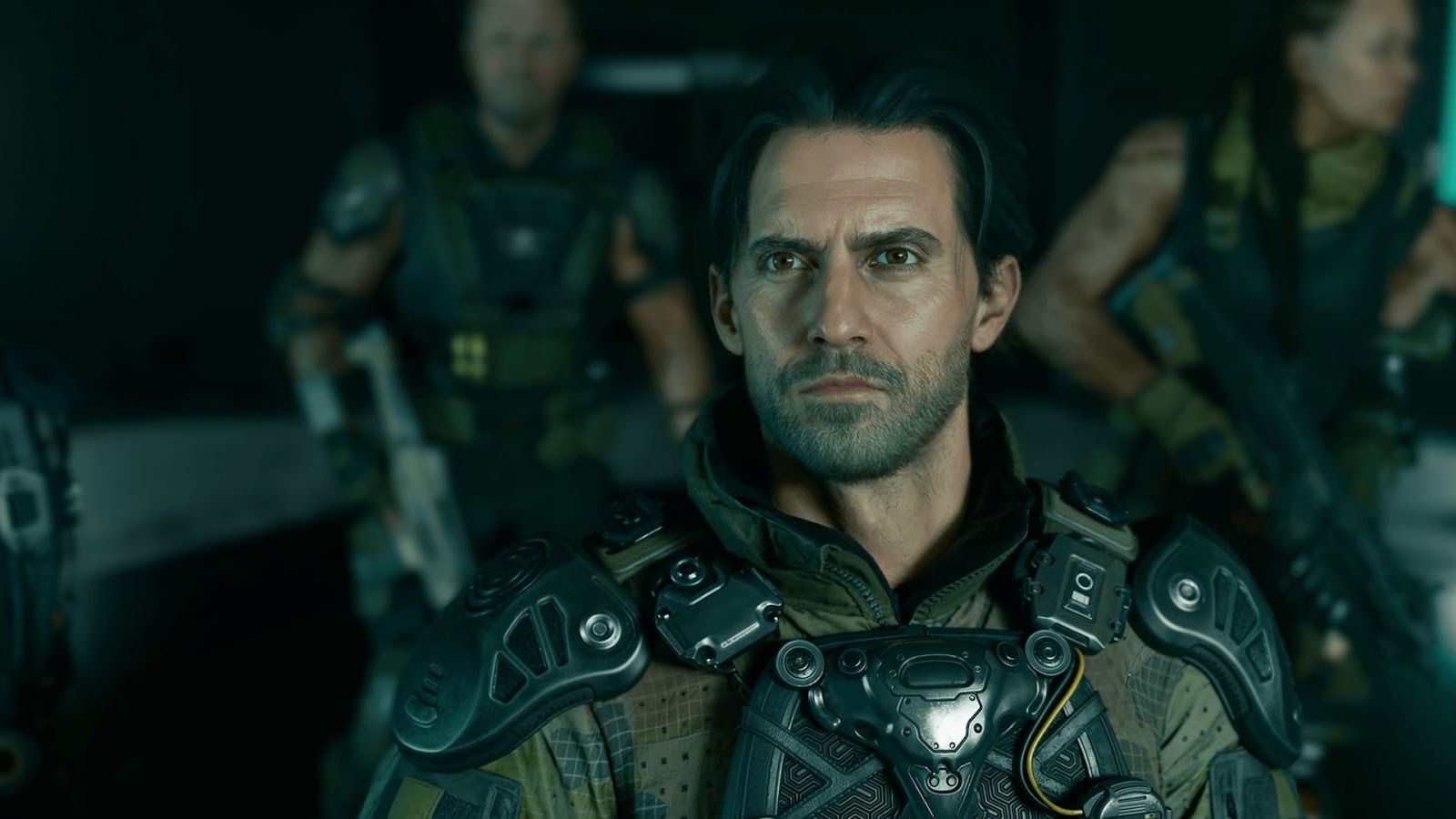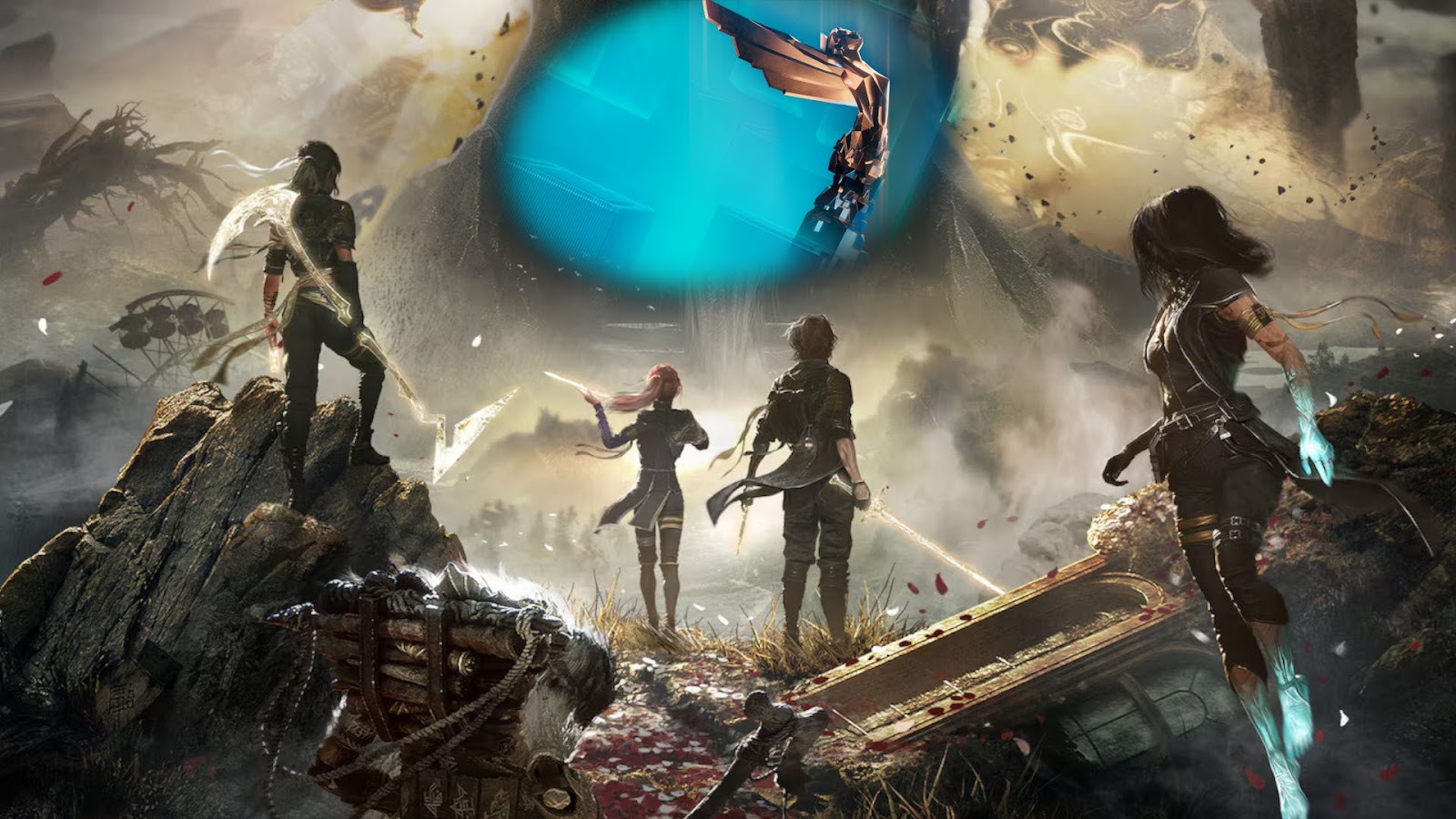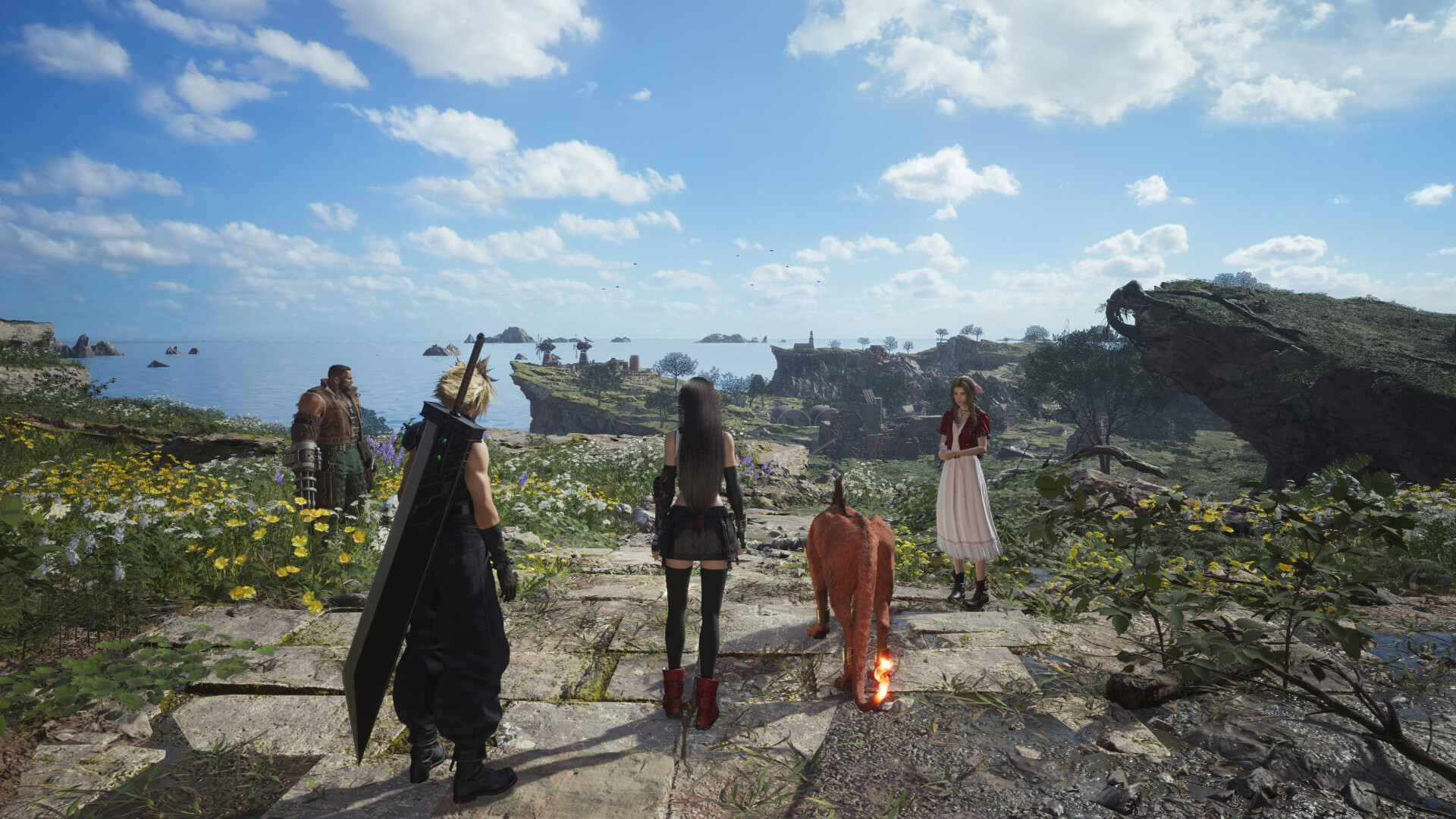You can trust VideoGamer. Our team of gaming experts spend hours testing and reviewing the latest games, to ensure you're reading the most comprehensive guide possible. Rest assured, all imagery and advice is unique and original. Check out how we test and review games here
What does PS4 Pro offer to 1080p TV owners? One week from launch and that’s a key question that has still largely gone unanswered. I was given some answers at a hands-on event in London yesterday, but the overall message remains unclear. Firstly, Gran Turismo Sport on PS4 Pro will render replays at 60fps at 1080p, rather than the 30fps of a standard PS4. And secondly, Ratchet & Clank will supersample its gorgeous 4K-quality image down to 1080p, delivering a cleaner image with full-screen anti-aliasing, but with no boost to frame rate.
That second one, I
imagine, will be the case for most Pro-enhanced games outputting to a 1080p display, although many of the reps on hand yesterday weren’t too keen to go into specifics as to how exactly things are being improved for 1080p owners. Sadly, we’re going to have to wait until next week to find out the answers most of us are looking for there.
That said, the real question here may be whether you should upgrade to a 4K TV for PS4 Pro. I’ve only ever upgraded once specifically to keep up with gaming – probably around the same time you did, when Xbox 360 delivered the jump to HD in 2005 – but I’m sorely tempted to do it again here. Games enhanced for PS4 Pro look superb at 4K, with Sony’s ‘Checkerboard Rendering’ upscaling technique doing an excellent job at delivering a crisp, clear image on 4K displays. This isn’t the equivalent to playing a 720p game on a 1080p display: the results are far more pronounced, with a sharp, defined look and excellent image quality.
/https://oimg.videogamer.com/images/22e6/f714264e-69f3-457d-aea2-891bd6eff25a_ROTTR_20_LaunchSS_4.png)
It’s easiest to spot the differences in Rise of the Tomb Raider, one of the few Pro-enhanced games to include a variety of display modes. Playing in the game’s ‘4K Resolution’ mode, the image pops with remarkable clarity, with Lara’s early Hidden Oasis sequence stunning in its higher resolution. Switching to the ‘High Framerate’ option, though, leads to a noticeable drop in image quality, with the game appearing to up-res a standard 1080p image to 4K (albeit at an increased 60fps frame rate), while suffering from the usual upscaling effects you’ve come to expect from a sub-native render.
There’s a
third option, too, a 1080p/30fps ‘Enriched Visuals’ mode, that offers enhanced shadows along with other improvements to detail. On a 4K display, I found Enriched Visuals to be the least appealing of the three – the 4K/30fps option, I
imagine, would suit most 4K owners needs far better. But on a 1080p display, it could be the preferred option to players who aren’t as bothered about frame rate, balancing a native 1080p output with, well, enriched visuals. Nevertheless, the ability to instantly switch between the three modes directly from the pause menu helped highlight quite how capable Sony’s Checkerboard Rendering is at delivering a convincing 4K-quality image over traditional upscaling methods.
/https://oimg.videogamer.com/images/735d/ratchet_amp_clank_hd_1.jpg)
Interestingly, not all titles use Checkerboard Rendering to boost the image to 4K standard. Ratchet & Clank, for example, uses an alternate technique called Temporal Injection to achieve higher resolution and full screen anti-aliasing. In earnest, I’m not entirely sure how the two technologies differ, but the results remain fantastic, offering a crisp, clear image that is noticeably sharper than on a standard PS4. Other games being demoed clearly benefit from the Pro’s improved resolution, too. FIFA 17 and Call of Duty: Infinite Warfare’s cleaner images are immediately noticeable, while graphical showcases Horizon: Zero Dawn and Uncharted 4 stun at higher res.
But it may not just be about resolution. 4K capabilities aside, the PS4 Pro demo of Gran Turismo Sport offered significant improvements to performance over May’s underwhelming demo, rid of that build’s tearing and aliasing, and sticking to its 60fps target far more consistently. It’s difficult to determine whether Pro actually improves performance over the standard PS4 – it’s possible that the standard PS4 version has been optimised since then, too – but the demo on display yesterday certainly left me with far more confidence in the game than the last one. Oh, and its replays look extraordinary on a 4K HDR screen, too.
/https://oimg.videogamer.com/images/2f1f/gran_turismo_sport_131.jpg)
Talking of HDR, Gran Turismo’s demo was the first time I’d truly been able to appreciate how much of a difference it can make to the overall look of a game. Toggling HDR on and off throughout the demo, director Kazunori Yamauchi detailed how HDR and wide colour range had benefited the game, highlighting how Polyphony can finally render Ferraris in their actual colour rather than the fake red of old (a minor thing to most fans, but significant to others), and its impact on the overall look. I was most impressed with how HDR impacted headlights, with the diffused glow of a
headlamp transforming into a defined row of individual lights with HDR enabled. It makes the cars sparkle, too, with SDR putting out a far more muted, almost matte-like image in comparison, along with a noticeable boost in detail. It’s impossible to show you the differences until you’re able to see it for yourself in person, but when you know what to look for, it can make a far greater impact than you may think.
But while being far more impressive than expected, Pro’s upscaling technique isn’t entirely perfect, and there are things that, when viewed up close, may catch your eye as being slightly off. Fast-moving objects, like a flame effect or Ratchet’s running boots, for example, can result in a
mild pixelation effect – a clear side-effect of the upscaling technique. It’s far from enough to ruin the experience, and honestly, in the real world you may struggle to notice it (I was sitting about 2-3 feet away from a 55 inch screen where things like that will be significantly more noticeable) but it’s a minor blemish on an otherwise convincing upscale.
/https://oimg.videogamer.com/images/4d92/fifa_17_20.jpg)
The hardware also seems reliant on the quality of certain assets being to 4K standard, too. The biggest disappointment of the day was seeing Infinite Warfare’s pre-rendered cutscenes clearly being upscaled from a lower resolution (likely 1080p), suggesting Pro may not handle non-native 4K video quite as well as it does everything else. An optional 4K video download for Pro users would solve the problem if Sony were to allow it, although hard drive space would take a significant hit.
The effect of upscaled assets was noticeable in FIFA, too, where some of the game’s menu icons and player pictures had clearly been designed for a lower-res display, resulting in them having a grainier, more jagged look when output at 4K. But these are relatively minor issues, and only really stand out due to the rest of the image looking so clean. Ultimately, I was spoiled by what Pro offered, and going home to play FIFA 17 on a 1080p TV suddenly felt… underwhelming. Once you’ve played PS4 Pro on a 4K TV, it’s hard to go back, it seems.
We still don’t have many answers as to how PS4 Pro benefits 1080p owners, then, but the advantages of 4K are clear. I had been sceptical of a console built around upscaling, especially with Project Scorpio no more than 12 months away, but the tech here exceeds expectations. On a 4K HDR display, PS4 Pro’s image quality is sharp and convincing, and if you already own a 4K TV, early indications suggest you should almost certainly upgrade to the new console. And if you’re still using a
1080p TV like me, once 4K becomes less of an input lag minefield, it might be time to consider upgrading that, too.
Uncharted 4: A Thief’s End
- Platform(s): PlayStation 4
- Genre(s): Action, Adventure, Shooter, Third Person






